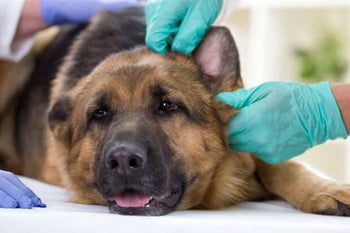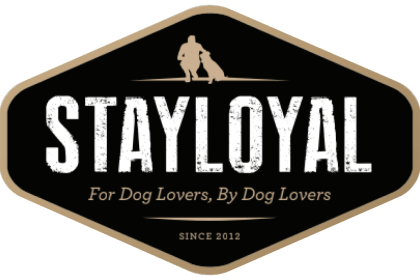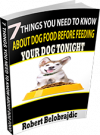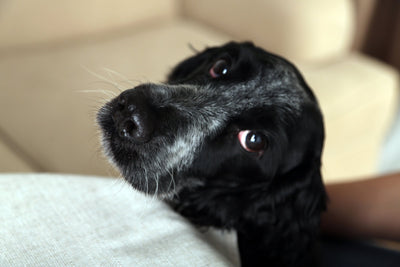Discover How To Identify This Common Infection In Your Dog!

Yeast infections are very common in pets – both dogs and cats. This type of fungal infection is created by an overgrowth of Malassezia species of yeast, which is always present on your dog’s body in their skin, ears and mucocutaneous areas. Dogs living in hot, humid environments tend to get more infections because the weather is prime condition for yeast to grow. When it starts to reproduce rapidly, it can spread to areas on the dog that it does not usually inhabit.
Not only do some dogs seem to get them quite easily, once they have it, it can be a long process to clear it up. One of the most important parts about treatment is early identification – the earlier you spot an infection the better.
Yeast Infections Can Be Almost Anywhere!
Dogs can get yeast infections practically anywhere! Common places, however, are the outer and inner ear (especially floppy breeds such as the Lab or Golden Retriever) and the paws.
How To Spot An Infection
There are several signs of yeast infections that you should know about. As mentioned, the sooner you detect one, the easier it will be to get rid of. Remember, yeast reproduces rapidly and spreads, so what starts out as a yeast infection in one spot can quickly become multiple infections if you don’t catch it quickly.
Here are the signs to look for:
* Incessant itching. Don’t dismiss this as dry skin or fleas – yeast infections causes frantic, almost non-stop itchiness. Your dog will drive you crazy with it and it’s because the infection is driving him crazy.
* Incessant licking. Like the scratching, your dog won’t want to stop licking the spot that is the source of the infection. (The moisture from the licking often makes it worse.)
* Skin irritation/inflammation. The skin will be pinker than normal. The more your dog licks, the redder it will become as well. Check in and around the ears, between the paw pads and toes, nasal area, armpits, neck and anal area for redness and irritated skin.
* Hair loss
* Greasy coat
* Rancid smell from skin
As it gets worse, you may find sores, sticky discharge, and even yellowish green, smelly discharge.
What Could Be Causing the Yeast Overgrowth?
There can be a combination of things that can cause this awful plague on your dog and you may be surprised to learn that his food can be one of them! If your dog is itching the first thing you want to do is change to a high quality food like Stay Loyal. Itchy yeasty dogs often have food allergies or sensitivities that are caused by low-quality food ingredients like grains, preservatives, plant source fats and proteins. All these can contribute to yeast outbreaks. Other causes can be:
* Fleas and other skin parasites
* Inhalant/contact allergies
* Hypothyrodism, Cushing’s Disease, or other hormonal disorders that affect the immune system
* Cancer
* Chemotherapy, steroids, and antibiotics
Also, dogs with skin folds, such as the English Bulldog, are more prone to them because moisture and foreign objects such as food crumbs get into the folds and then an infection develops.
Yeast infections in the ear are a whole another ball of wax. They can be caused by trapped water, debris, pollens, mold, dust, feathers, cigarette smoke, cleaning products and of course, your dog’s food. It can also be caused by more serious problems including a ruptured eardrum, a tumor in the ear canal, or a trapped object.
My Dog Has An Infection – Now What?
Obviously, if it’s really bad, you are going to have to take your dog to the vet. Definitely take them if you think the ear infection might be due to the above mentioned blockage or tumor, or a serious medical condition such as cancer or Cushing’s. Your vet can prescribe medicines to help ease your dog’s suffering while the infection is battled. The more they lick and itch, the worse it will get, so you need to stop your dog from bothering the infected site.
Here’s my suggested Action Plan.
1. Go to vet and get a diagnosis. (Most vets will rule out fleas and mites for you but that’s about it. If your vet does think its yeast then avoid their medications unless your dog is doing damage to the affected area. Antibiotics and Steroids are not beneficial to long term healing of yeast infection. If you have already been to the vet without good results skip this step.)
2. Change food to Stay Loyal Chicken, Lamb, & Fish and Raw Lamb Meaty Bones Only! (you will receive instructions on how to feed when you purchase.) Feeding anything else could cause the yeast to grow. (Strictly NO Beef, Roo or products with Beef or Roo. Strictly no Store-bought treats dental sticks etc…)
3. Zinc supplementation can be given if the yeast is bad or your dog is doing a lot of foot chewing and licking. Also breeds like a GSD’s are susceptible to zinc deficiencies. In this case, you may need to give zinc for the rest of the dog’s life. Zinc can be dosed at up to 10mg per kg of dog per day. So, a 40kg dog will get up to 400mg of zinc per day. (I get my zinc from the supermarket.)
4. Wash with Malaseb wash. If your dog gets relief from a bath in Malaseb. Then it’s a good indication that it most likely has a yeast infection. And a good idea to wash with Malaseb as much as recommended on the instructions.
Don’t Expect Miracles!
Every dog is different and at different stages of yeast infection. Some dogs may find relief in days or weeks and other dogs it may take months. When following the above tips correctly, you should see slight improvements within a month and control of yeast within 3 months. Yeast overgrowth can be very hard to get rid of and can also come back in summer months so be aware of it and avoid doing anything you know flares it up, like feeding beef or store bought treats. It also takes common sense, if it isn’t working get more advice or reassess what you are doing. The above tips will work for most dogs with yeast overgrowth. However, in special cases it may not work so please be aware of this.








